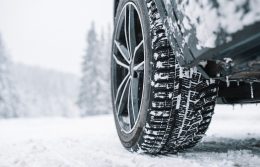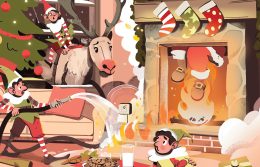Common Car Warning Signs and What They Mean
It’s panic-inducing when a car warning sign pops up on your dashboard — especially if it’s accompanied by knocking sounds or your engine stalling. Take away the anxiety by taking a few minutes to learn what the most common dashboard alerts mean — and what you should do to stay safe on the road and prevent further damage to your vehicle.
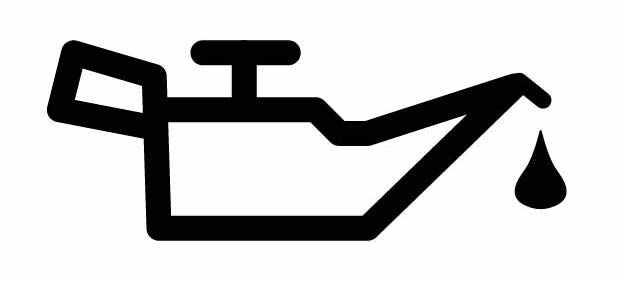
Oil Pressure
What it means: Unfortunately, there’s no magic genie in this lamp. It’s a warning sign that your oil is running low, or your oil pump isn’t lubricating essential parts under the hood. Without this lubricant, your engine will grind and wear down.
What to do: Check your oil using the dip stick attached to the cap of your oil reservoir. How long has it been since you’ve had an oil change? If you’re long overdue, you could be running low. If you recently changed your oil, there is likely a leak. Take or tow your vehicle to a mechanic as soon as possible.
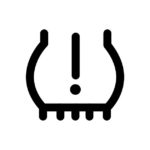
Tire Pressure
What it means: The pressure in one or more of your tires is too low or too high.
What to do: Inspect your tires. If you find any nails or rocks impaling your tread, replace the flat tire with a spare and drive to a tire shop, along residential streets. (Spare tires aren’t built for highway driving.) If you don’t find an impalement, your tires may be low due to usage, minor leaks, or a drop in temperature. Carefully drive to the nearest gas station for air.
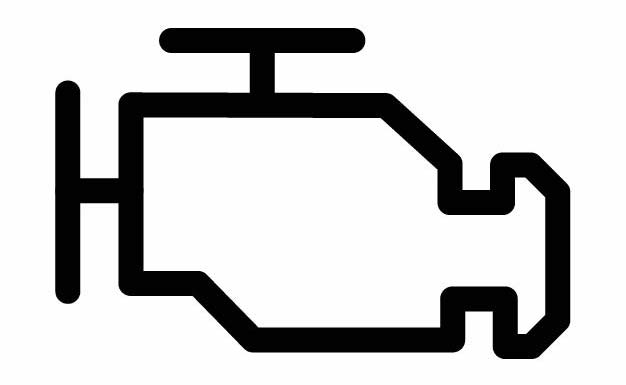
Check Engine
What it means: For one reason or another, your engine isn’t happy. In the best-case scenario, this light appears because your gas cap is loose. However, it can also indicate a serious issue with your engine compression or oxygen sensor.
What to do: Don’t delay — take your vehicle to a mechanic immediately for a diagnostic reading. Driving extensively with this light on could further damage your vehicle and endanger your safety.
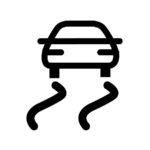
Traction Control
What it means: One of your wheels is spinning faster than the others, usually due to slippery rainy or snowy roads. To stay on course, your vehicle activates its traction control system, which applies the brakes to the slipping wheel until it regains traction. (Thanks, car!)
What to do: Slow down and take it easy driving through inclement weather. If you must go below the speed limit, put on your hazards and stay in the rightmost lane. Stay four car lengths behind the car in front of you.
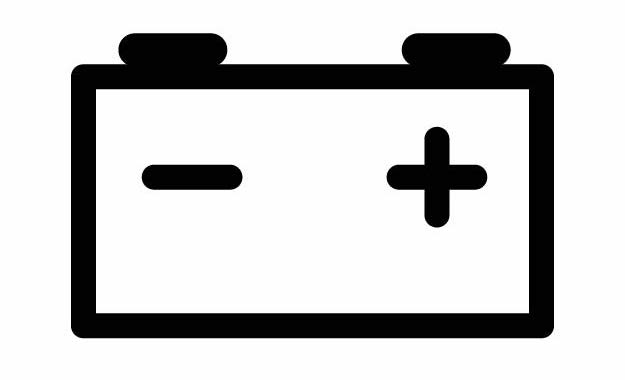
Battery Alert
What it means: Your car’s electrical system is not charging properly. Most commonly, this car warning sign appears because your battery is old and out of juice. However, faulty battery cables or a failing alternator could be to blame.
What to do: Call a friend who owes you one. (Unless their vehicle is electric — their battery cannot jump your car.) Use jumper cables to juice up your battery enough to drive to a mechanic. If your car still won’t start, it’s time for a tow.
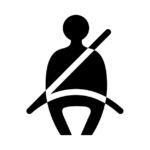
Seat Belt
What it means: You’re not wearing your seatbelt.
What to do: Buckle up! It’s the law. The Texas Department of Transportation reports that wearing a seat belt increases the odds of surviving a car crash by 45%. And for Texas truckers, did you know pickup trucks are twice as likely to flip in a crash? If you wear a seatbelt in a pickup truck, your survival rate rises to 60%.
Car troubles and accidents happen out of the blue, but you can prepare by arming yourself with the right knowledge and reviewing your auto insurance coverage with your Texas Farm Bureau Insurance Agent so you always know what to do on the side of the road.
Coverage and discounts are subject to qualifications and policy terms and may vary by situation. © 2020 Texas Farm Bureau Insurance


